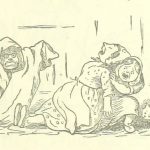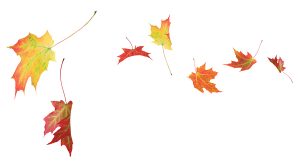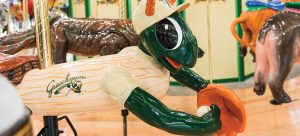
Pine Dwellers
The familiar trill of these tiny warblers is never far
By Susan Campbell
When most folks think of warblers, what comes to mind are diminutive, colorful songsters flitting about in the treetops during the spring and summer months. Most warblers subsist on a diet of insects and therefore head south as the first cooler breezes begin to blow, winging their way toward Central America and beyond. However, for the handsome pine warbler, things are a bit different!
Pine warblers can be found across North Carolina year round. They are not choosy about the evergreen species that they inhabit, so you may find them in spruces and Virginia pines in the mountains, loblollies and longleaf in the Piedmont and Sandhills, as well as pond pines along the coast. Develop an ear for their vocalizations, and you will find that these little birds are quite common — even in mid-winter. And it doesn’t take a whole lot of pines in an area to attract them. Just a few mature trees in a mixed stand may produce a pair or two.
Pine warbler vocalizations are limited to a “chip,” uttered by both the male and the female, in addition to a musical trill coming only from the male. His warble can be heard on warm days in the winter, and, during breeding season, a come-hither signal to potential mates. These little males, about the size of a titmouse, have short, slender bills, yellow bodies and yellow-gray wings that sport two white wing bars. Females are similar but more greenish — definitely well camouflaged to protect them during their brood-rearing activities in early summer.
Flocks of pine warblers can number in the dozens come winter as individuals from up north mix in with our sedentary birds, no doubt finding safety in numbers. Also, they may be seen associating with yellow-rumped warblers that are found in the Piedmont and Sandhills during the cooler months. Both species may show up in your yard to take advantage of feeder offerings. Suet is very attractive to these insect-loving birds. Although yellow-rumpeds may also feed on fruit or sugar water, pines usually do not. They, however, may take advantage of smaller seeds or, not uncommonly, sunflower hearts. This species spends probably more time in search of seeds than any other warbler, foraging deep in the cones that are produced in late summer.
For whatever reason, these feisty little birds are not very bashful when they are particularly hungry. On colder mornings, when I would go out to refill my homemade suet feeders when I lived in Whispering Pines, it was not unusual for a bird to land right next to me as if to say “Hurry up! Where have you been? It’s past my breakfast time!” I do miss having them in the yard where I live now. But it just takes a five-minute walk through the neighborhood to a ridge with a long line of loblollies for me to spot a flash of yellow high up in the branches and hear that familiar trill. Fortunately, a few handsome pine warblers are never very far away! OH
Susan would love to receive your wildlife observations and/or photos at susan@ncaves.com





